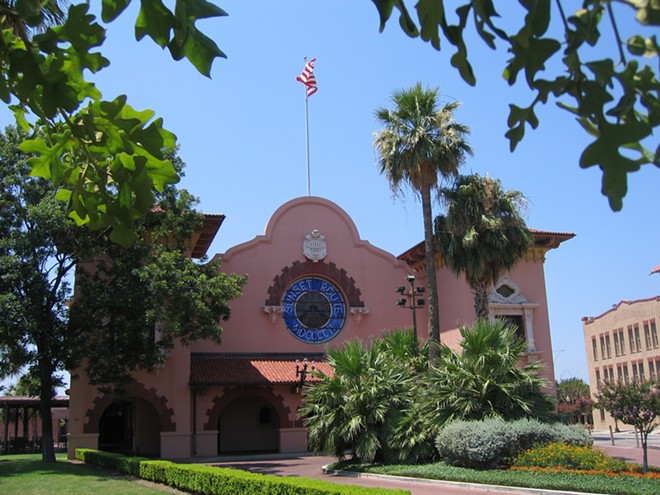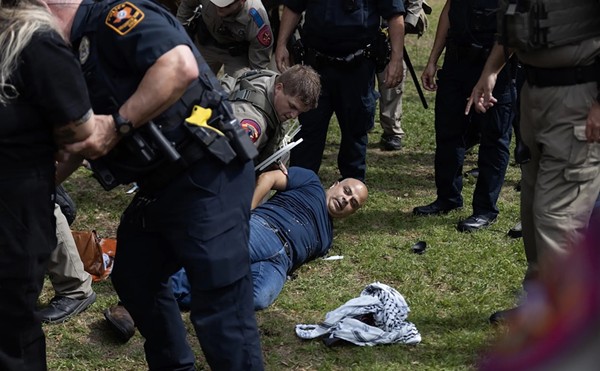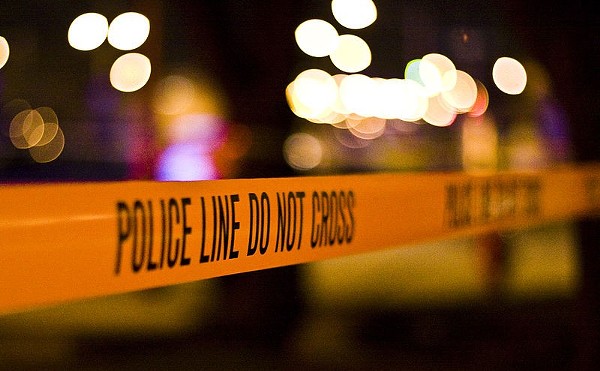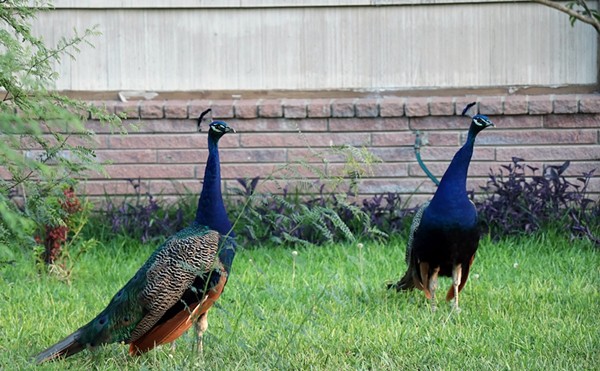
This time of the year it’s traditional for columnists to look back at the events of the past year and reflect on what they mean for the future. But now, as we face 2024, there are big, expensive things on the horizon.
The buzz around a new downtown arena for the Spurs is growing louder and more persistent. And then there’s the on-again, off-again talk about a minor league ballpark downtown as well — perhaps even in combination with that new arena to create a whole new “sports district” that will boost our stumbling downtown core.
The time seems right to look back a bit further, back to the beginnings of the revitalization of St. Paul Square, the coming of the Alamodome and the promise of the Sunset Station development — and how those things fared, or not.
The place to start is 1975, with the city’s first urban renewal effort on the East Side, a plan to restore and revitalize the “once thriving but now deteriorated section” east of downtown described by the San Antonio Express in April 1976 as having “acquired an unappealing reputation over the years, becoming somewhat of a small haven for dope addicts, petty crime, winos and prostitutes.”
The plan at the time was to improve the Victorian-era buildings around Sunset Station, including the infrastructure, with the “development of a marketplace, tourist center, entertainment facilities, restaurants, apartments and other small businesses.” But a decade later, the area was mostly office space for professional firms. There were some restaurants, a boot maker, a pharmacy and a nightclub. But the vision of a bustling tourist area with specialty retail shops simply hadn’t come to fruition, in part because of the area’s separation from downtown and the barrier posed by I-37.
Still, there was hope. The opening of the new Rivercenter Mall just to the west promised increased property values, development and more activity. And then, in the wake of the January 1989 vote, there would be the new Alamodome right next door. As part of its deal to finance and build the dome, VIA Transit had acquired the Sunset Station complex and moved ahead to find a developer for the facility and its surroundings. The announcement in September 1993 that Zachry Realty, Charles Martin Wender and a group of local investors would be responsible for the new development was hailed as a boon for the East Side.
The Sunset Station Development Group hired theme park consultant Buzz Price to assess the market potential and likely performance of their proposed themed entertainment and restaurant complex. Price had worked on the creation of both Disneyland and Disney World. In San Antonio, he had delivered a remarkably accurate, if futile, assessment of Sea World’s likely performance.
But for Sunset Station, he was positive and upbeat. Noting that a Dallas developer was planning a 400-room “upscale” hotel as part of the project, he also explained that “there is no themed downtown attraction that is driven by live entertainment and complemented with dining.”
Price forecast 1.7 million annual attendees and $27 million in yearly revenues. His optimism was based in large part on the performance of the Alamodome. He projected that the domed stadium would draw 3 million attendees a year based on its first year — even more than the 1.5 million to 2 million city staff had forecast in 1988.
But there was a fundamental problem with that logic.
The dome never managed attendance of 3 million a year. It didn’t even hit 2 million. When the Spurs were playing there, dome attendance averaged a bit over 1.5 million. Without the NBA team, attendance dropped to about 950,000 from 2005 to 2015. And where the city had estimated the Alamodome would accommodate a million conventioneers annually, most of the dome’s attendees were locals with lots of options for food, drink and entertainment.
As the dome saw fewer people, Sunset Station suffered. We never saw the “upscale” hotel, only a 138-room Staybridge Suites. The live entertainment flopped, and Zachry fired Graham Brothers Entertainment in 2000. Restaurants — Ruth’s Chris, Aldaco’s, Smoke — came and went, as did the University of Houston’s hospitality program.
Zachry ended up selling the station and surrounding buildings to REATA Real Estate in 2017. The new owner planned to create an entertainment district with restaurants, bars and concert spaces like the Pearl, all boosted by a commitment from the city of $1.3 million for improvements. Perhaps that new ownership and vision will work this time.
The proposed new Spurs arena and the vision of a downtown sports district will no doubt come with lots of promises and hopes and forecasts. There will surely be consultant studies offering up big numbers for jobs and economic impact. Talk of an “entertainment district” will ensue. Along the way, local leaders and news media will almost certainly point to successful sports projects in other places. However, we — and they — need to learn the lessons of our previous public investments.
Developers will make lots of promises. But those grand new venues won’t necessarily revitalize a downtown. Or even the area across the street.
Heywood Sanders is a professor of public policy at the University of Texas at San Antonio.
Subscribe to SA Current newsletters.
Follow us: Apple News | Google News | NewsBreak | Reddit | Instagram | Facebook | Twitter| Or sign up for our RSS Feed

















